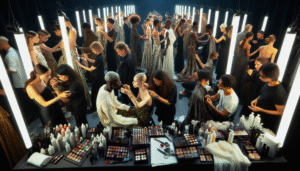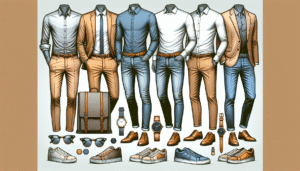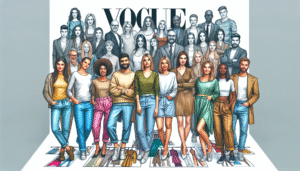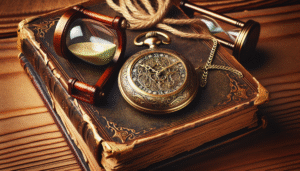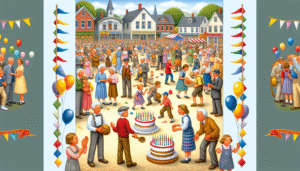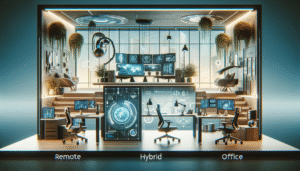
Decoding Dress Codes: Navigating the Nuances of Attire
Dress codes can feel like a cryptic language, leaving you unsure whether to don your finest suit or your favorite jeans. Understanding the subtleties of each dress code empowers you to dress appropriately for any occasion, projecting confidence and respect. This guide breaks down common dress codes, offering practical examples and tips to help you master the art of dressing well.
Casual: The most relaxed dress code, casual emphasizes comfort and personal style. Think jeans, t-shirts, sweaters, sneakers, and sandals. However, avoid overly casual items like ripped clothing, athletic wear, or flip-flops. Opt for clean, well-maintained pieces. A casual dress code allows for self-expression, but ensure your attire is appropriate for the specific setting. For a casual office environment, consider upgrading your jeans with a crisp button-down shirt or a stylish blouse.
Business Casual: A step up from casual, business casual still prioritizes comfort but incorporates more structured elements. Key pieces include khakis, chinos, dress pants, skirts, button-down shirts, blouses, and sweaters. Blazers and sport coats can add a polished touch. Avoid overly casual attire like jeans (unless specifically permitted), t-shirts, and sneakers. Loafers, oxfords, and heels are appropriate footwear choices. Business casual allows for personality to shine through while maintaining a professional appearance.
Smart Casual: Often used for social events or less formal business settings, smart casual bridges the gap between business casual and semi-formal. This dress code encourages creativity while maintaining a polished look. Consider pairing dress pants or a skirt with a stylish top, or opting for a well-fitting dress. Adding accessories like a statement necklace or a pocket square can elevate your outfit. Darker denim can sometimes be acceptable, but err on the side of caution and opt for more formal trousers if unsure.
Semi-Formal: Semi-formal attire requires a more elevated look, typically reserved for weddings, holiday parties, and fine dining experiences. Cocktail dresses, dress pants with a dress shirt and blazer, or a suit (for men) are appropriate choices. Darker colors are generally preferred, especially for evening events. Pay attention to the invitation or event description for specific guidelines, as some semi-formal events may lean towards more formal or cocktail attire.
Cocktail Attire: Similar to semi-formal, cocktail attire emphasizes a festive and stylish look. Cocktail dresses, often knee-length or slightly shorter, are a popular choice for women. Men can opt for a suit or a sport coat with dress pants and a dress shirt, often paired with a tie or bow tie (optional). Bold colors and patterns are acceptable, and accessories can add a touch of personality. Cocktail attire calls for a balance between elegance and fun.
Business Formal/Business Professional: This dress code denotes a high level of professionalism and is often required for corporate settings, important meetings, and conferences. Suits in dark colors (navy, black, or charcoal gray) are the standard for both men and women. Pair your suit with a crisp dress shirt or blouse and closed-toe shoes. Conservative accessories are recommended, and ensure your attire is well-tailored and fits properly.
Black Tie Optional: Black tie optional offers guests a choice between a tuxedo or a dark suit. While a tuxedo is the most formal option, a dark suit with a dress shirt and tie is a perfectly acceptable alternative. Women can choose a floor-length gown or a sophisticated cocktail dress. This dress code offers flexibility while maintaining a level of elegance appropriate for formal occasions.
Black Tie: Black tie signifies a highly formal event, often requiring a tuxedo for men. A black bow tie, a white dress shirt, and black patent leather shoes complete the look. Women should wear a floor-length gown. While some variations in color and style are permissible, black tie generally adheres to traditional attire.
White Tie: The most formal dress code, white tie is reserved for extremely special occasions, such as state dinners and opera openings. Men are required to wear a tailcoat with a white bow tie, a white waistcoat, and white gloves. Women should wear a floor-length gown, often paired with long gloves and elegant jewelry. White tie demands meticulous attention to detail and adherence to traditional formal wear.
Decoding the Details: Beyond the basic dress code guidelines, certain details can influence your attire choices. Consider the time of day, the location, and the specific nature of the event. Daytime events typically call for lighter colors and less formal attire, while evening events often warrant darker colors and more formal ensembles. The venue can also provide clues about the expected level of formality. Finally, pay attention to any specific instructions provided on the invitation or by the host.
By understanding the nuances of these dress codes, you can confidently navigate any social or professional situation, ensuring your attire is both appropriate and stylish. Mastering the art of dressing well not only enhances your appearance but also demonstrates respect for the occasion and your fellow attendees.







